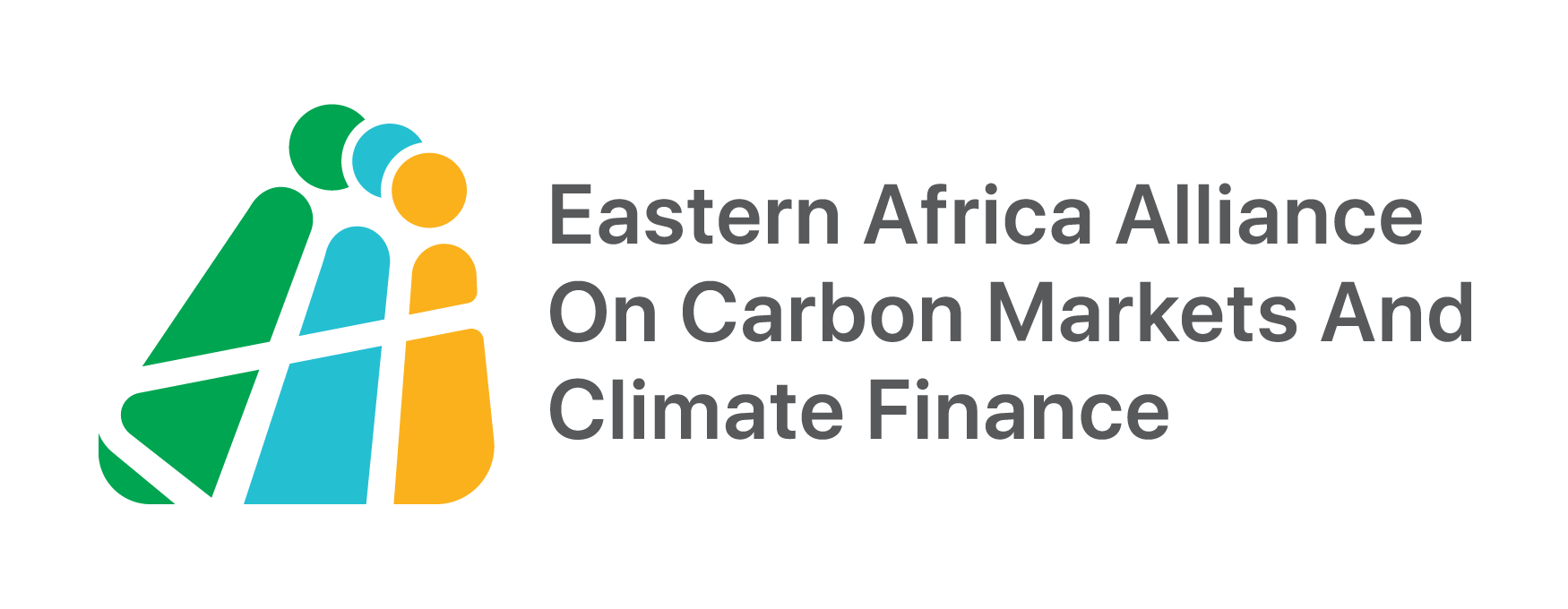Blog

15
SepBy: Adminalliance
Comments: 0
Countries decided to use corresponding adjustments to avoid double counting of internationally transferred mitigation outcomes (ITMOs); however, this has raised several questions about what corresponding adjustments are and how to apply them. The Alliance organized a three-day virtual training workshop on Corresponding Adjustments (CAs) from 30th August to 1st September 2021, 10 am EAT. The sessions’ objectives were to strengthen the understanding of the Alliance member counties on CAs as a critical issue relevant for national Article 6 readiness and institutional capacity development.
During the first day of the training, Amy Steen of the UNFCCC introduced the participants to the topic of CAs, updated on the current status of the agreement, open issues for Art.6, enhanced transparency meeting, expected reporting requirements and roles of CAs and finally on the expectations for COP 26. Axel Michaelowa from Perspective Climate Group enlightened the participants with the role of CAs in the Voluntary Carbon Market (VCM). Regionally, 6 out of the 7 EAA member countries have activities. The countries have the following issuance: Ethiopia 9%, Kenya 27%, Rwanda 34%, Tanzania 7%, and Uganda 24%. The region hosts 169 certified Gold Standard projects, and more than 16.7 million credits have been issued.
Participants engaged in discussion around the role of Individual countries and country’s negotiating groups in the negotiations about article 6, the advice that can be given to countries in transition and trying to develop new VCM projects, and the possibility of two countries sharing emission credits. Details of day one of the corresponding adjustment training can be found here.
On the second day of the training, Sina Wartmann representing Perspective Climate Group, introduced the participants to the draft templates for performing CAs and the different methodologies. Perspective Climate Group developed a draft table for CAs to understand what data is supposed to be collected and calculate and track the CAs. Questions were on how to differentiate between conditional and unconditional NDC targets. More details about the second day session can be found here
On the third and the last day of the training, Sina started by giving a brief review of the exercise from the previous session and gave a general overview of her findings. El Hadji Mbaye Diagne shared Senegal’s experience in Article 6 and Corresponding adjustments for ITMOS transfers stating that Senegal submitted its NDC in December 2020. Senegal has a wide range of activities under Article 6 first, a project with the World Bank which set up a standardized crediting framework. Senegal has successfully signed a bilateral agreement with Switzerland on Article 6. A readiness assessment of Article 6 in Senegal was done as part of a wider study on the region undertaken by the Western Africa Alliance. More details of day 3 session can be found here
Sidebar

